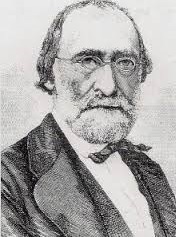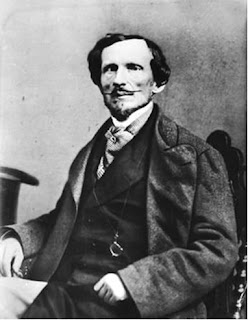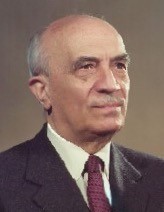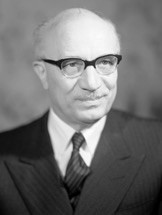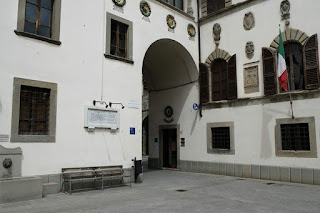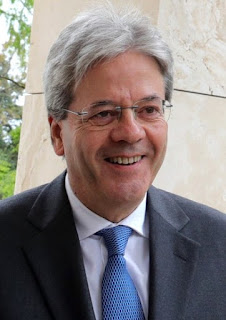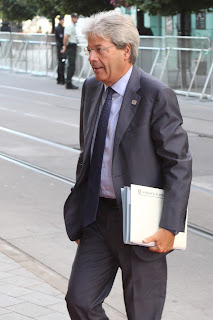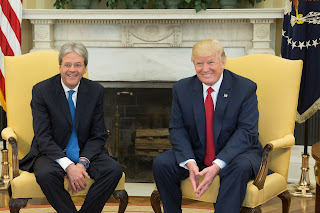Economist did wonders for the value of the lira
 |
| Giuseppe Pella's time in Alcide De Gasperi's government helped Italy's postwar recovery |
Pella is considered one of the most important politicians in Italy’s postwar history because his economic and monetarist policies led to the strong economic growth that transformed his shattered country into a global industrial power and improved the standard of living for most Italians.
Born into a family of sharecroppers, after finishing elementary school Pella attended a technical school and then an accounting institute in Turin. He graduated in economy and commerce in 1924.
Pella became a professor of accounting at the Sapienza University of Rome and the University of Turin and also worked as a tax advisor and auditor.
Under the Mussolini regime, Pella was forced to join the National Fascist Party to be able to continue with his profession.
He was appointed a member of the governing council of the Fascist Culture Provincial Institute of Biella, a town near his birth place of Valdengo, and in the late 1930s was appointed deputy podestá - mayor - of Biella.
At the end of World War II he joined the Christian Democrats led by Alcide De Gasperi.
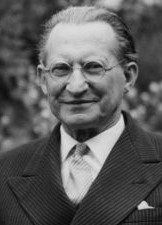 |
| Alcide De Gasperi respected Pella's financial acumen |
After De Gasperi was forced to resign, Pella was appointed prime minister by President Luigi Einaudi.
He attracted criticism from other parties for quarrelling with the Yugoslav leader Marshall Tito over the status of Trieste although the public and the media regarded his actions at the time as patriotic.
Hiwever, after only five months in power, members of his own party forced Pella to resign over appointing Salvatore Aldisio as minister of agriculture.
Pella then served as President of the European Parliament from 1954 to 1956.
In 1957, Pella served as minister of foreign affairs and deputy prime minister in the government of Adone Zoli and in 1960 as minister of budget in the government of Amintore Fanfani.
He became president of the Senate foreign affairs committee in 1968 and briefly returned to government as finance minister in the first government of Giulio Andreotti in 1972.
After leaving politics, Pella led Piemonte Italia, an institute for studies of the regional economy. He died in 1981 in Rome, aged 79.
 |
| The Sacro Monte di Oropa is one of the attractions of Biella, near Pella's home |
Pella was born in Valdengo, a municipality in the province of Biella in Piedmont, about 60km (37 miles) northeast of Turin. The city of Biella is famous as the location of the Sacro Monte di Oropa, a Roman Catholic devotional complex, which is one of the nine Sacri Monti of Piedmont and Lombardy and is on the UNESCO World Heritage list. Biella is also notable for its Romanesque baptistery, built between the 10th and 11th centuries and adjoining the city’s neoclassical cathedral.
 |
| The Palazzo Chigi has been the official Rome residence of Italian prime ministers since the 1960s |
The official residence of the prime minister of Italy is Palazzo Chigi, which is a 16th century palace in Piazza Colonna, just off Via del Corso and close to the Pantheon in the centre of Rome. Work on the palace was begun in 1562 by Giacomo della Porta and completed by Carlo Maderno in 1580 for the Aldobrandini family. It was in the ownership of the Chigi family from 1659 until the 19th century. Formerly the home of the colonial affairs minister and then the foreign minister, it became the prime minister’s official residence in the 1960s.
Also on this day:
1446: The birth of noblewoman Ippolita Maria Sforza
1480: The birth of scheming femme fatale Lucrezia Borgia
1911: The birth of racing car designer Ilario Bandini
Home

